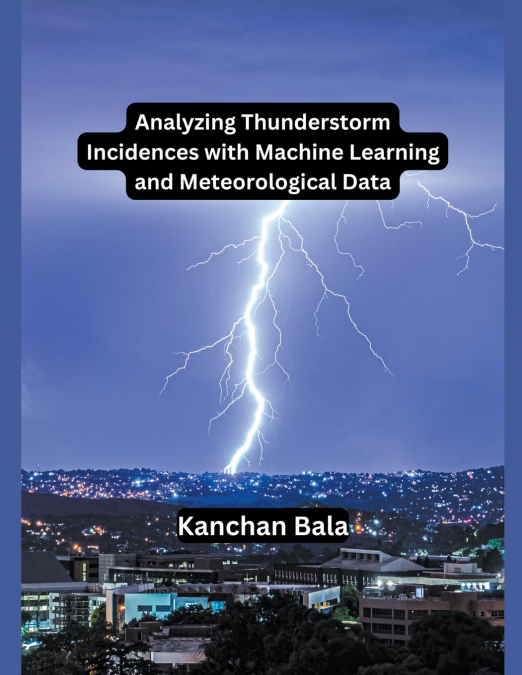
Kanchan Bala
Thunderstorms are characterized by a short but intense spell of severe lightning, strong wind, and rain associated with cumulonimbus clouds. These are catastrophic with a short life span. Thunderstorms occur during the summer season. Generally, they occur during the pre-monsoon over the Indian subcontinent. The three ingredients for the occurrence of thunderstorms are instability, moisture, and lifting mechanisms. These must be present for the occurrence of thunderstorms. Instability allows air from the lower layers of the atmosphere to move to the upper levels. The instability in the atmosphere helps to support deep convection and thunderstorms. Instability will frequently occur in the middle and upper troposphere but not in the lower troposphere. It can be caused by heating during the day. Lifting encourages a parcel of air to rise from the lower levels of the atmosphere to the elevation where positive buoyancy is obtained. Lifting is also known as a trigger mechanism. Fronts, low-level moisture convection, low- level warm air convection, frictional convergence, jet streak, and mesoscale convergence constraints are all examples of lift processes. All of these processes cause the air to ascend. Storms frequently form in the region with the greatest mix of these lift processes. Moisture and instability must also be taken into account. The thunderstorm is a furious and short-term weather phenomenon with dense clouds, strong gusty wind, heavy rain, and lightning. Warm and moist air rises and prompts the updraft to a cooler region of the atmosphere. Moisture in the updraft condenses to form cumulonimbus clouds. Columns of cooled air go down towards the earth and hit the ground, and the electric charge gathers on water droplets and ice in the cloud. Once these collected electric charges become large sufficiently, lightning discharge happens. Shock waves generate a sharp rumbling sound when lightning rises through the air rapidly and intensely. These rumbling sounds are called thunders. Data mining is a computer science interdisciplinary subfield. The word 'data mining' refers to obtaining, extracting, or mining knowledge from massive amounts of data through computing tools. The phrase is misleading because it aims to extract patterns and understanding from huge amounts of data, not the data itself (mining). It is merely a technological answer, not a commercial solution.